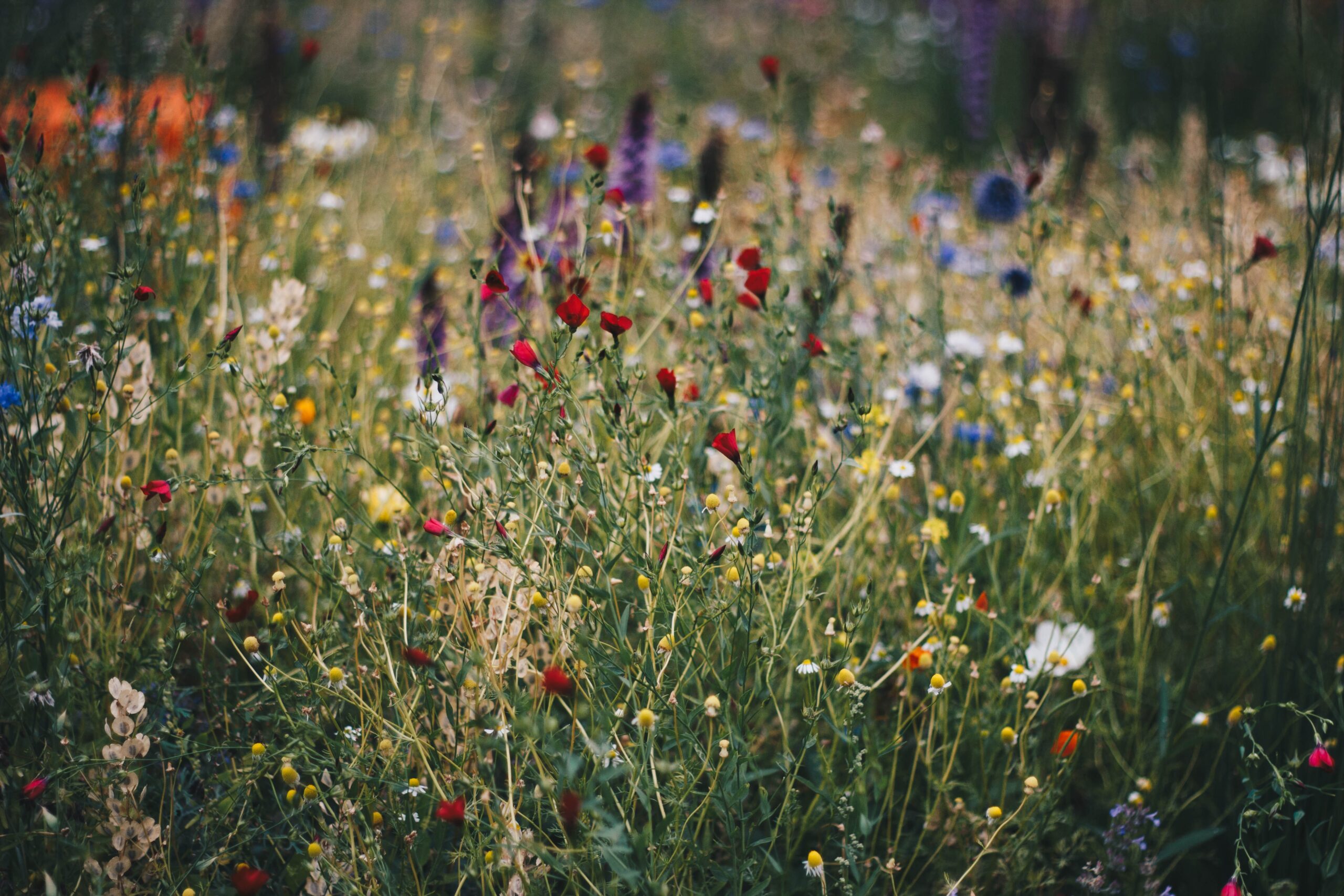Isn’t there a kind of simple beauty in the idea of one day returning to the earth? It’s a poetic end to life’s journey, the closing of a circle that started when we took our first breath. And as it turns out, a growing number of people are finding this sentiment quite appealing, with a lot of funeral directors offering environmentally friendly burials in recent years.
The late 20th century saw the beginnings of a movement that promotes minimalism and sustainability even in death: the green burial movement. Instead of the traditional casket, bodies are wrapped in a biodegradable shroud or placed in an unadorned, untreated wooden wicker casket. The graves dug are shallow to facilitate quicker decomposition and a return to the soil. The idea is to leave as little an impact on the environment as possible.
But this isn’t just about the environment. Green burials resonate with a raw, primal beauty. Consider it. Rather than being entombed in a sealed casket, you’re returning to the soil, becoming part of the very earth that sustained you during your lifetime. You’re contributing to the cycle of life, a testament to the endless interplay of life and death.
Our innovative spirit doesn’t stop at the threshold of death. It’s fascinating how we’ve pushed the boundaries of what’s possible, even in the way we say our final goodbyes. Let’s explore some of the groundbreaking methods people are adopting.
The Tree of Memory: Bios Urns and the Legacy of Life
And then there’s the concept of Bios Urns. They’re a rather unique take on the ‘returning to nature’ idea. Here’s how it works: a tree is planted in your memory, using a special urn that contains your ashes and a seedling. As the tree grows, it draws nutrients from the ashes, turning your remains into a living memorial.
Imagine a forest filled with such trees, each a living tribute to a departed soul. It’s a comforting thought, isn’t it? The idea that you could continue to provide shade, beauty, and life, long after you’re gone. And for the bereaved, it offers a tangible connection, a living reminder of the ones they’ve lost. It’s a profound expression of grief, yet one that celebrates life in all its grandeur.
Aquamation: The Water’s Embrace
Ever thought about being cremated, but with water instead of fire? Aquamation, or water cremation, is an exciting and gentle alternative to traditional cremation. Instead of burning the body, it uses a heated alkaline solution to accelerate the natural decomposition process.
The beauty of this method lies in its respect for both the departed and the environment. Traditional cremation, while widely practiced, releases a significant amount of carbon dioxide and other toxins into the air. In contrast, aquamation’s only byproduct is sterile, non-toxic water that can be safely returned to our water systems. It’s a comforting thought, knowing your final journey doesn’t harm the environment.
Embracing Simplicity: A Return to Our Roots
In our modern world, there’s a growing desire to tread lightly on the Earth, to minimize our environmental footprint, and to make more sustainable choices. This desire permeates every aspect of our lives, from what we eat and wear to how we live and die.
That’s where natural burials and their various adaptations come in. As we become more environmentally conscious, we’re rediscovering the wisdom of our forebears. They understood that in life and death, simplicity holds a unique elegance.
So, as we navigate the complexities of our existence, let’s take a moment to remember that it’s possible to make choices that honour both the Earth and the profound emotional journey that accompanies the end of life. As we move forward, let’s carry with us the timeless wisdom of our ancestors and the gentle call of nature inviting us back home.
